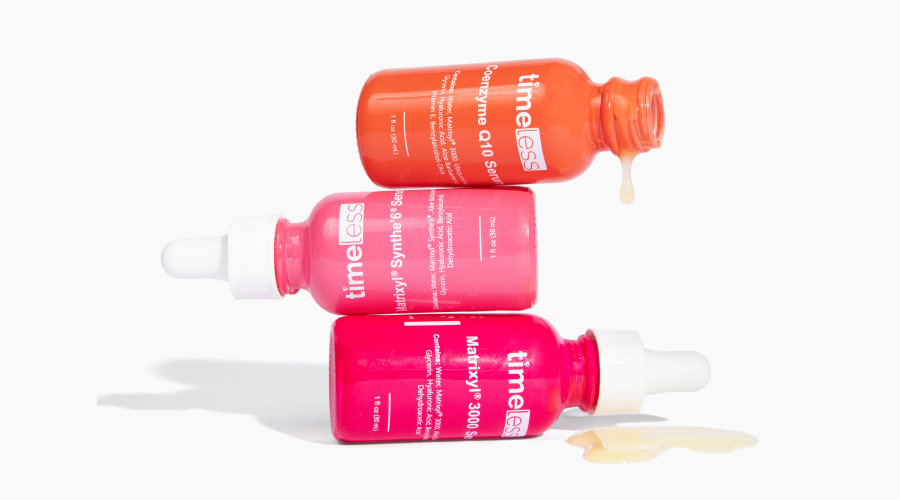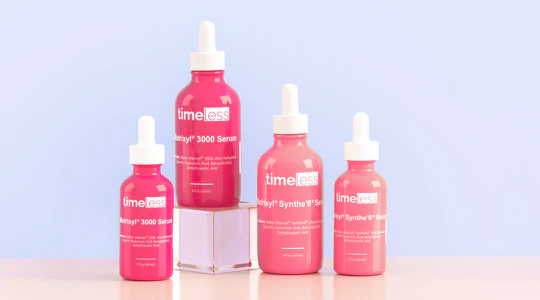Anti-aging skincare doesn’t need to be complicated. The right polypeptide serum can help smooth fine lines, improve elasticity, and restore healthy, youthful-skin. At Timeless Skin Care, our peptide-powered formulations are designed to fit seamlessly into any routine, even alongside Vitamin A products like Retin-A, commonly referred to as Tretinoin.
With so many skincare trends coming and going, one that truly delivers results is skin flooding. At Timeless Skin Care, we stand by this approach because it focuses on hydration - one of the most important steps for healthy, youthful-looking skin.
Vitamin C has become a star ingredient in skincare routines worldwide, and for good reason! This potent antioxidant helps promote cell turnover, revealing brighter, more even-toned skin. But not all vitamin C serums are optimal for everyone. To get the best results, it's important to choose the right formula tailored to your specific skin care needs.









